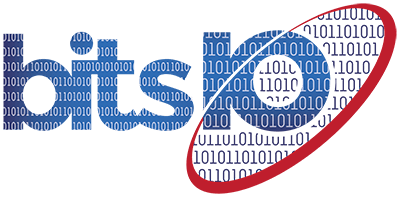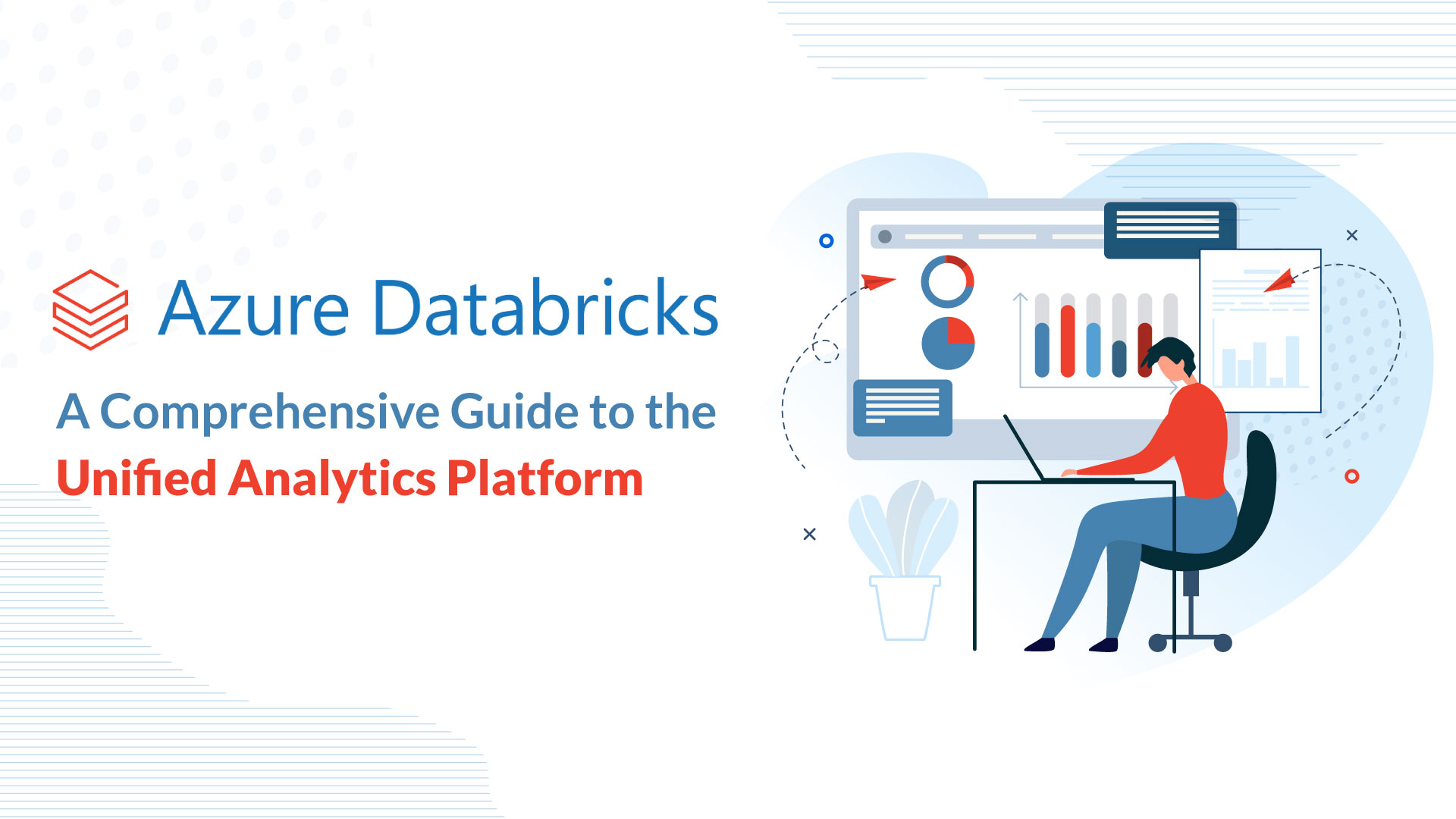
In today’s internet age, businesses’ increasing reliance on technology to communicate with customers, run their operations, and store sensitive data makes them more susceptible to cybersecurity threats.
Although cyber security threats and cybercrime pose a danger for companies of all sizes, they are especially devastating for SMEs that lack the resources to invest in a strong line of defense against emerging threats and attack vectors. It includes costs often a byproduct of lost productivity, reputational damages, legal fees, and regulatory fines from a devastating publicized attack.
Sophisticated modern-day cybercriminals use a variety of ever-evolving tactics, such as phishing attacks, malware, and social engineering, to gain access to systems, networks, and sensitive data subjecting businesses to fraud, theft, and corporate espionage.
What’s worse is attackers, much like cybersecurity professionals, are constantly dedicated to enhancing their methodologies, tools, and skills to increase the power and capability of their next attack.
We will cover the following:
- The Risks and Consequences of Cyber Threats,
- Common cyber threats to look out for,
- Examples of high-profile cyber attacks and their impact on businesses,
- How to protect your business from Cyber Threats, and
- How Bitsio plays into cybersecurity.
Let’s get into it!
The Risks and Consequences of Cyber Threats
Cyber threats refer to malicious activities carried out by individuals or groups through the use of technology, with the intention of causing harm to individuals, organizations, or even nations. These threats can take many forms, such as cyber-attacks, data breaches, hacking, identity theft, ransomware, phishing, and more. The risks and consequences of cyber threats can be severe and far-reaching, impacting various aspects of our lives, including:

- Financial Loss: Cyber threats can result in significant financial losses for individuals and organizations. Cybercriminals may steal sensitive financial information, conduct fraudulent transactions, or demand ransom payments to unlock encrypted data. The financial costs associated with investigating and mitigating cyber attacks, as well as potential legal liabilities and fines, can be substantial.
- Reputational Damage: Cyber threats can cause reputational damage to individuals, businesses, and even governments. Data breaches and leaks of sensitive information can lead to a loss of trust among customers, partners, and the public. The negative publicity and damage to brand reputation can have long-term consequences, including loss of customers, partners, and business opportunities.
- Loss of Intellectual Property: Cyber threats can result in the theft of intellectual property (IP), such as trade secrets, proprietary information, and research and development data. This can significantly impact a company’s competitive advantage and market position, leading to financial losses and loss of market share.
- Disruption of Operations: Cyber attacks can disrupt critical operations of businesses and governments, causing downtime, loss of productivity, and delays in service delivery. For example, ransomware attacks can encrypt data and render systems or networks inaccessible, leading to business interruptions and financial losses.
- Legal and Regulatory Consequences: Organizations may face legal and regulatory consequences as a result of cyber threats. Data protection and privacy laws, industry regulations, and contractual obligations may require organizations to implement certain security measures to protect sensitive information. Failure to comply with these requirements can result in legal penalties, fines, and lawsuits.
- National Security Risks: Cyber threats can pose significant risks to national security. Cyber attacks targeting critical infrastructure, government systems, or military operations can disrupt essential services, compromise sensitive information, and impact national defense capabilities. This can have severe consequences on a country’s security and sovereignty.
- Psychological and Emotional Consequences: Cyber threats can also have psychological and emotional consequences for individuals. Victims of cyber attacks, such as identity theft or online harassment, may experience stress, anxiety, fear, and other negative emotions. These consequences can affect an individual’s mental well-being and quality of life.
It is crucial to implement robust cybersecurity measures, including regular updates, strong passwords, employee training, and other best practices, to mitigate these risks and protect against cyber threats. Additionally, staying informed about the latest cyber threats and following cybersecurity best practices can help individuals and organizations safeguard against potential cyber-attacks.
Common Cyber Threats to Look out for
To stay protected, you should be aware of the most common types of cyber threats, such as malware, phishing, and ransomware, that can have a lasting effect on your business.
1. Malware

Malware attacks involve an attacker injecting malicious software into an unsuspecting target system or network to harm, disrupt, or gain unauthorized access to steal sensitive information, banking data, and passwords.
It can be viruses, worms, or Trojan horses that spread through email attachments or infected websites.
Once installed on a computer, malware positions itself to steal sensitive data, such as passwords and financial data, and in severe cases, even take control of your entire system.
2. Phishing
This potent threat is a social engineering attack where an attacker tries to trick people into giving away their sensitive information by impersonating a stakeholder in the company.
What’s worse is a study found that a resounding 54% of surveyed global MSPs believe that Phishing attacks are the top cybersecurity threat for businesses and the primary delivery method for ransomware attacks.
These attacks can be difficult to spot and contain urgent requests for personal information, such as usernames and passwords, through emails, messages, or other forms of communication from impersonations of reputable organizations.
3. Ransomware
Ransomware is malware that attacks and encrypts files of a target system. The attacker then demands a hefty ransom for the decryption key through which the business can reaccess its locked data.
It is an advanced attack where the perpetrator impersonates a trusted entity and sends a message containing a malicious link to stakeholders over email, text messages, or social media DMs.
When an employee clicks on the link without realizing its contents, the payload infects the target system. Once infecting the system, it can conduct numerous malicious tasks such as encrypting files, stealing sensitive data, replicating itself across other systems on the network, or even outright data deletion.
It can cause severe reputational, operational, and financial damage to the business, almost always resulting in a loss of consumer trust.
4. Potential Consequences of Cyber Attacks
The impact of cybercrime on businesses can be severe, leading to financial losses, operational stoppage, change in practices, legal liabilities, reputational damages, and compromised intellectual property.
5. Financial Loss

Cybercrime in businesses can result in significant financial loss, with companies having to bare the high costs associated with repairing damage to IT systems, lost productivity, and legal fees.
It doesn’t include the amount you would spend to rebuild your business’s reputation, regain market share, and earn back your customer’s trust. These losses can quickly add up, dramatically impacting the company’s bottom line.
6. Operational Stoppage
A cyber attack can also result in operational stoppage, severely impacting a company’s ability to function. If a business’s IT systems are compromised, it may not be possible to continue operations until the problem is identified and remediated.
7. Change In Practices
In some cases, a cyber attack can result in a change in business practices. For example, if a company’s customer data is compromised, it may need to implement stricter data protection policies to avoid future attacks.
8. Legal Liabilities

Businesses can also face legal liabilities due to cyber attacks. Depending on the type of attack and the data that was compromised, companies may be liable for damages to customers and other parties affected by the attack. These legal liabilities could cost the business millions and should be avoided at all costs.
9. Reputational Damage
One of the most significant consequences of a cyber attack is reputational damage. Suppose a business’s customer data is compromised.
In that case, it can result in a loss of trust among customers and stakeholders, which can have long-lasting effects on the company’s reputation, market position, and profitability.
Numerous businesses that cybercrime impacts often find it a significant challenge to regain their lost reputation.
10. Compromised Intellectual Property
Cyber attacks can also lead to the compromise of a company’s intellectual property. It can include sensitive trade secrets, customer data, and proprietary technology, which can be costly to recover or replace.
Examples of High-Profile Cyber Attacks and their Impact on Businesses
Cyber attacks are not reserved for smaller businesses, as some of the largest corporations in the world have had their share of cyber incursions.
Let us look at the most notable high-profile cyber attacks on large companies in the past.
1. LinkedIn
Linkedin, a company with 800 million users in 2021, was subject to a devastating data breach that included user IDs, full names, gender, email addresses, contact details, physical addresses, links to social media profiles, professional titles, inferred salaries, and geological locations.
The breach occurred in June 2021 when the attackers stole the data of around 700 million users, constituting more than 90% of the company’s user base. The data was then promptly posted for sale on a forum on the dark web.
2. Yahoo
The infamous Yahoo attack that occurred in 2013 remains to be one of the most high-profile attacks of all time. The attackers managed to compromise around 3 billion user accounts.
At the time, Yahoo was in discussions to be acquired by Verizon, one of the largest communication technology companies in the world.
Although the sale eventually went through, Verizon bought Yahoo at a considerably lower price than the initial agreement before the much publicized data breach.
3. Court Ventures
Court Ventures suffered a significant data breach of around 200 million personal records in 2013, a short while after it was acquired by the credit-monitoring company Experian.
The breach was reportedly purported by a Vietnamese man Hieu Minh Ngo who impersonated a private investigator from Singapore to con Court Ventures to provide him with personal information, including social security and credit card numbers, on US consumers.
The justice department that prosecuted Ngo alleged that he had earned over USD$ 2 million from the ill-gained data. Ngo was found guilty of multiple charges that were filed on his conduct and sentenced to 13 years of incarceration.
4. Adobe
In October 2013, Adobe announced they suffered a data breach that compromised the private usernames and encrypted passwords of around 2.9 million accounts. However, this initial estimation was proven false, where approximately 38 million accounts of its active users were compromised.
Additionally, investigators found that the hackers stole parts of the source code to its Acrobat PDF software, ColdFusion web application creation software, and its flagship product, Adobe ‘Photoshop.’
How to Protect your Company from Cybersecurity Threats
There are several steps that companies can take to protect themselves from cyber threats, such as the following.
Conduct Regular Vulnerability Assessments
Vulnerability assessments can help businesses identify weaknesses in their IT systems and address them before a possible exploit.
By conducting regular assessments, companies can stay on top of potential security threats and mitigate the risk of cyber attacks.
Employee Training

It is a well-known fact amongst cyber security professionals and affected businesses that most cyber attacks originate from internal sources. It may be from employee negligence of their credentials, failure to respond to a potential vulnerability, or nefarious reasons.
To protect yourself from such weaknesses, you must educate your staff about cyber threats and how to spot them.
Remember, employee training is vital to achieving a strong security posture. They should also be trained in safe email and internet usage and best practices for data protection.
Incident Response Planning
Incident response planning involves creating a plan for how a business will respond to a cybersecurity incident. The plan should include steps for containing the incident, notifying stakeholders, and recovering from the attack.
By having a plan in place, businesses can reduce the impact of a cyber attack and minimize downtime.
Work with a Cybersecurity Partner

Working with a cybersecurity partner can help you stay ahead of cyber threats. An outsourced cybersecurity expert on your side can provide the professional expertise and innovative resources that your business may not have in-house, such as 24/7 monitoring, threat intelligence, and incident response capabilities.
In conclusion, cyber threats are a serious risk to businesses of all sizes. The repercussions of a cyber attack can be devastating, including financial loss, operational stoppage, legal liabilities, and reputational damage.
However, by taking a proactive approach to cybersecurity, businesses avoid the risk of cyber threats and mitigate the impact of a potential attack.
By conducting regular vulnerability assessments, providing employee training, implementing incident response plans, and working with a cybersecurity partner such as Bitsio, businesses can stay ahead of potential cyber threats and protect their sensitive data and IT systems.
How BitsIO plays into cybersecurity
BitsIO is an elite Splunk implementation partner that follows updated industry protocols to ensure your Splunk environment is implemented correctly and optimized to suit your unique organizational requirements. Our primary goal for your Splunk implementation is to maximize your ROI and enable you to draw robust, actionable intelligence from your machine-generated data to enhance your decision-making.
Our end-to-end Splunk implementation service will guarantee that our Splunk experts will guide you every step of the way, from your initial consultation until the successful setup of a properly architected, fully configured, and secured Splunk environment.
In addition to Splunk, Bitsio offers a range of cybersecurity services, including vulnerability assessments, employee training, and incident response planning. By working with Bitsio, businesses can take a proactive approach to cybersecurity and reduce the risk of cyber attacks.
BitsIO’s Splunk training and support services provide a one-day Kickstart program to allow businesses to get the most out of their Splunk platform. Our stagewise program begins with our experts analyzing your Splunk environment, including its search performance and data ingest.
We then take the necessary steps to ensure you utilize the best searches and time stamp practices. After which, we will create and provide a summary report including our findings on your next steps.
In the final stage, we provide high-priority recommendations on leveraging Splunk to its full potential. This training will be instrumental in helping businesses gain valuable insights into their IT systems and stay ahead of potential security threats.
BitsIO can provide a managed and cost-effective Splunk offering that can permanently rid you of the complexities and risks of a self-managed environment.
Ultimately, we handle all your Splunk components and cloud environment infrastructure to provide real-time visibility into your business’s cybersecurity. Contact us to book your free assessment today.


